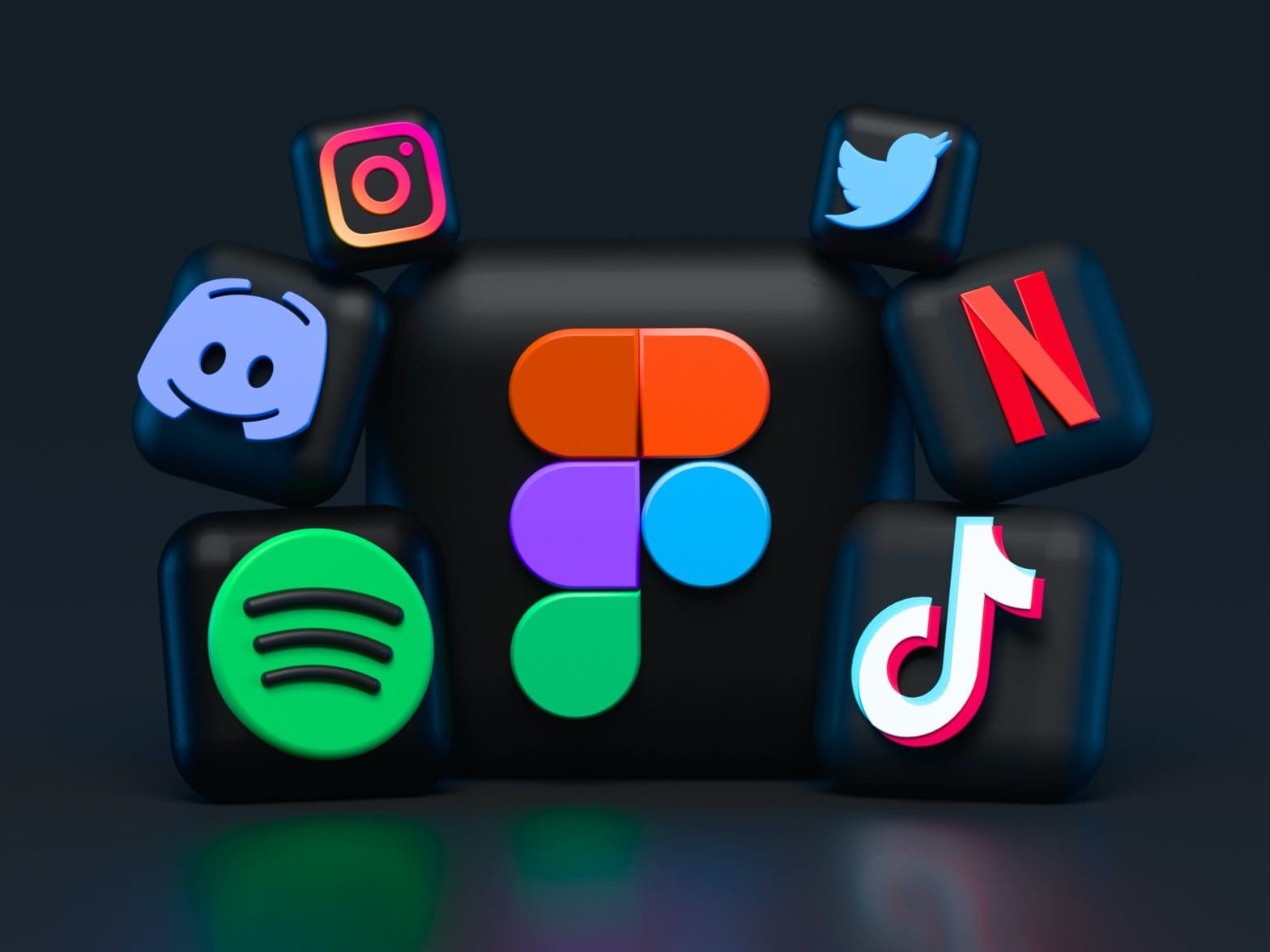![]() YouTube counts over 5 billion video views and over 1 billion hours of watch time. every. single. day.
YouTube counts over 5 billion video views and over 1 billion hours of watch time. every. single. day.
YouTube outpaces Netflix and Facebook combined in terms of watch time, which kinda puts reaching 4,000 hours of watch time for your channel into perspective.
Capturing an audience and growing a YouTube channel can feel like a challenge because… well, it is. YouTube growth hacks can help drive new audiences to your videos, engaging viewers, and turning them into subscribers.
So, as a YouTube channel owner, how do you keep growing? How do you overcome growth plateaus? And how do you do it without spending a ton of money or buying ads? You use every YouTube growth hack you can find.
First, how do we define YouTube growth hacks? They’re tricks and ideas that are relatively simple to implement but that can yield big results. So let’s get into it.
SEO Helps you Grow on YouTube
Is SEO a YouTube growth hack? By the definition we’ve outlined above, yes… but it’s more of a YouTube best practice. If you’re saying “yeah, yeah. I know. I’m already optimizing my videos for SEO. What else you got?!” then skip ahead to the next section: Looking Outside of YouTube to Grow on YouTube
As a brand or individual video content maker, the challenge is the same. You want YouTube algorithms to recommend your videos to get your share of YouTubes over 2 billion active users.
Making more quality content is always important but optimizing your videos with compelling, search engine optimized (SEO) titles, descriptions, and thumbnails is key.
TubeBuddy SEO Studio makes this simple. This (and over 70 other TubeBuddy tools) will help you:
- Identify the best title for your video
- Create an attention-grabbing thumbnail
- Build video descriptions that rank in search and resonate with viewers
- Add cards and end screens to promote other related content
- Optimize your YouTube video tags
- See and copy tags from other YouTube videos
- Create and save multiple optimized YouTube tags as lists
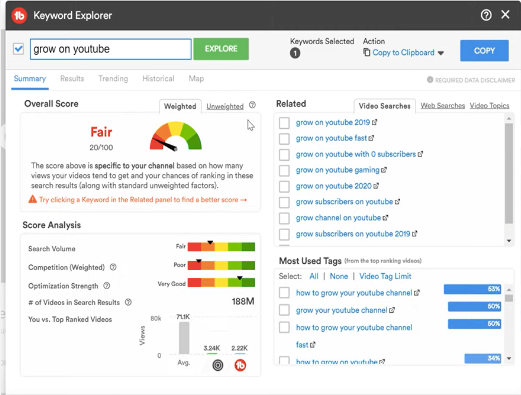
But as we said, optimizing your videos for search is a best practice… so let’s look at attracting viewers to YouTube videos by tapping resources outside of YouTube itself.
Look Outside YouTube to Grow on YouTube
Optimizing your stuff for search is important, but it’s not a silver bullet. What you need is an initial spike of interest that tells the YouTube algorithm that your video is worth paying attention to.
If you’ve built any kind of audience on other channels, tap into that audience to promote your videos.
This will give your YouTube video the initial boost it needs to rank higher in YouTube and Google search.
So, how can you employ the marketing channels you own to distribute your video content for larger audiences?
YouTube Growth Hack: Tapping Social Channels
Sharing your videos on social is always a good idea to drive that initial interest.
The thing is, social platforms want to keep users on their platform. They don’t want to send traffic to YouTube if it can be avoided. So you’ve got to play the social platform game by creating new assets to share.
Adapting your videos to each of these social platforms will help you build an omnichannel marketing approach to video distribution. That’s beneficial for a number of reasons but let’s focus on our key goal here, and that is to grow on YouTube.
Before we get to the specifics for each network, keep in mind this quick cheat sheet for aspect ratios (a big deal when it comes to video repurposing):
- Use square videos (1080x1080px) for feeds, or anything users are scrolling with a thumb.
- Portrait videos (1080x1920px) are best suited for Instagram Stories and IGTV.
- Use square (1080x1080px) or landscape (1920x1080px) videos on X / Twitter
- LinkedIn specs differ but square (1080x1080px) is always a good bet. If you’re scheduling posts with an external tool though, go landscape (1080x1920px) if you are scheduling posts with an external tool to ensure the video doesn’t get distorted.
YouTube Growth Hacks: Tap X / Twitter
Tweets or Exes or whatever they’re called these days have a short lifespan (18 minutes). To make the most of your Twitter audience, follow Ann Smarty’s expert advice and publish at least three different tweets that go out on different days of the week, at different times.
With Twitter, you shouldn’t simply upload your video to the platform. Instead, adjust the video you want to promote in the following ways:
- Fetch up a short video snippet. The end goal of promoting your video on Twitter is to send people to watch the full video on YouTube, where you can potentially convert this audience into channel subscribers. So, create a video teaser with the most eye-catching and exciting moments and add a description followed by an enticing call to action like “Watch the full video.”
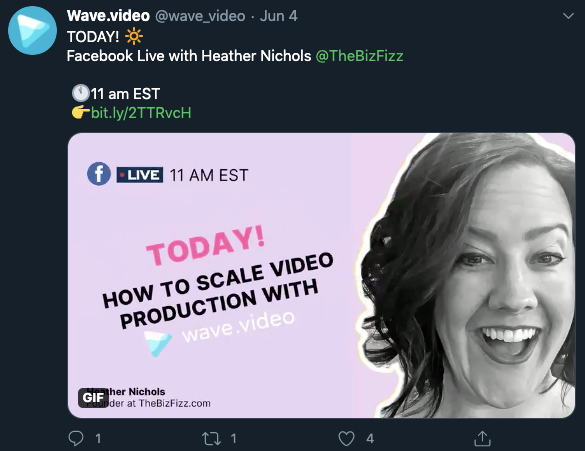
- Turn your video into a GIF. GIFs are powerful marketing tools. Take a funny moment from the video or the shooting process and share it – by building an emotional connection with your target audience, you get a higher chance of attracting their attention and sending them right where you want them to end up – your YouTube channel.

- Share a tweet with a video thumbnail and a link. Static visuals can be effective too. Although videos typically attract more attention and engagement than static images, you can share your video’s thumbnail along with the link to the full video.
YouTube Growth Hacks: Face Up to Facebook
When it comes to sharing videos on Facebook, you can apply similar logic. Meta in general and Facebook specifically is perhaps the most averse to sending folks off their platform. Just posting a link to your video will get you nowhere. You need to engage people on Facebook if you hope to get them off Facebook so you can grow on YouTube.
Create micro-assets like short videos and then add a call-to-action for visiting your YouTube channel. Avoid adding links within the video itself, but rather add a call-to-action or add the link to the video within the first comment under the post.
YouTube Growth Hacks: Instant Views with Instagram
Creators can use both in-feed and Stories features to catch their Instagram audience’s attention.
Instagram has raised some of the limitations around video length, but creators still need to keep it short and sweet; people don’t go to Instagram for long-form content. Try creating short, attention-grabbing video snippets that pique the viewer’s curiosity and send them looking for your YouTube channel details (“link in bio”).
Generally, you can follow previous guidelines for Twitter and Facebook, yet Instagram has a few specific matters that you need to consider as well:
- Visual appeal is the key. Instagram is an aesthetics-driven platform, so add an appealing thumbnail to attract users’ attention.
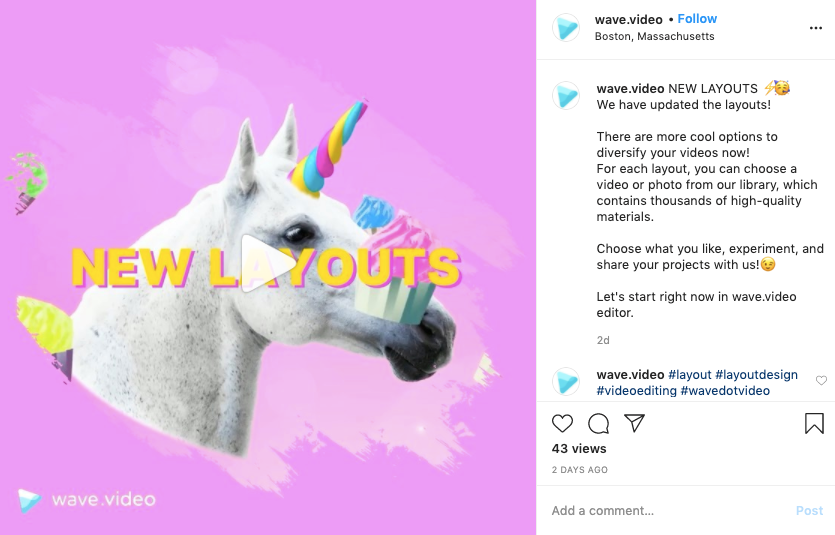
- Add a call-to-action. Everyone’s doing it, so should you – when promoting your video on Instagram, add a simple call to action like “Watch the full video – link in bio” or “Visit our YouTube channel for more awesome content”.
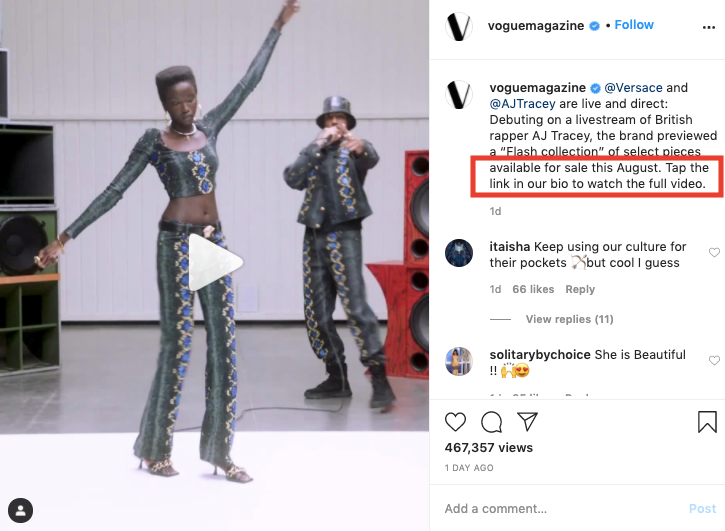
- Add hashtags. Hashtags are big on Instagram, so to attract a potentially new audience and direct it further towards your YouTube channel, get creative and smart about hashtags.
Don’t forget to share your in-feed videos to Stories to tackle those who scroll through Stories but might not see your post within the feed. And if you have surpassed the 10,000 followers count, you can directly send followers from your Story to your YouTube channel by using the “swipe up” option.
YouTube Growth Hacks: Engage with Email
If you have an opted-in email list and/or if you send a newsletter, the people that subscribe to it are probably your most dedicated and active audience.
Driving email subscribers to a relevant video can do wonders for your numbers as you look to grow on YouTube.
Sending a video is not practical, but an animated gif is can work. Or share your video thumbnail with a play button and send anyone that clicks straight to your video on YouTube. It doesn’t have to be a new video… but sending traffic to a new video can help to get that early watch time that tells the YouTube algorithm that this video is interesting to people and deserves to be shared more broadly.
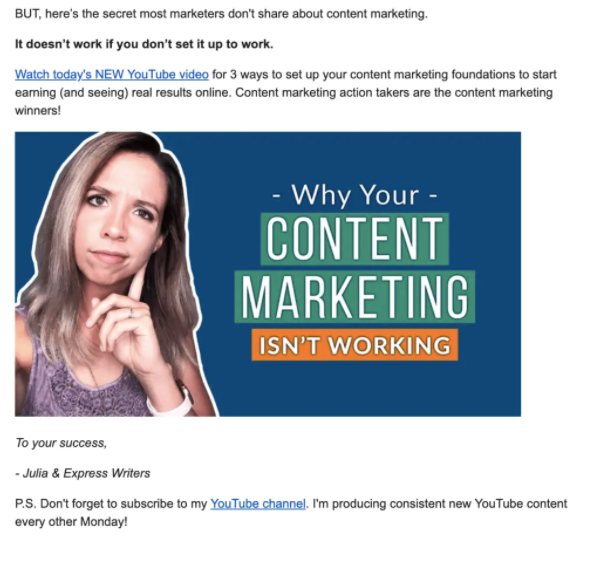
There are some tips and tricks to sharing videos within emails, though, as most email providers advise against embedding videos directly into your email. And this works in line with growing a YouTube channel as, instead, you can use the following techniques to send readers towards the full video on YouTube:
- Add a GIF inspired by your video content
- Create a static image with a play button to highlight video format
- Use your video thumbnail with a link and add it to the email
P.S. By integrating videos within your email marketing efforts, you don’t just promote your video, you can also boost open rates by 19%, increase click-through-rates, and even reduce unsubscribes.
YouTube Growth Hacks: Embed on your Blog
If you have a blog, you probably have a selection of best-performing pieces that attract the highest organic traffic (or paid if you’re promoting posts on social and search).
How does this help grow your YouTube channel?
- With some help from Google Analytics, identify the most visited pages of your blog
- Embed short snippets of relevant videos into the highest-ranking blog posts
- And once again, redirect readers to visit your YouTube channel to watch the full video and start doing your YouTube magic there.
You have to be careful, though, not to overload your site with heavy video content. Yes, videos can enhance the performance of your blog by increasing time on site, click-through-rates, and even conversions. Yet, if embedded incorrectly, they can also negatively affect page load speed, which is a bad SEO signal. This guide covers all the nitty-gritty details about embedding videos to a site/blog.
YouTube Growth Hacks: Final Thoughts
There are dozens of ways you can use videos to promote and grow your YouTube channel. The more creative and experienced you get, the more overwhelming the video distribution job becomes. But with the right tools like TubeBuddy and Wave.video, you can focus on YouTube SEO and video promotion strategies available at your fingertips to get tangible results without allocating large advertising and marketing budgets into your efforts.
